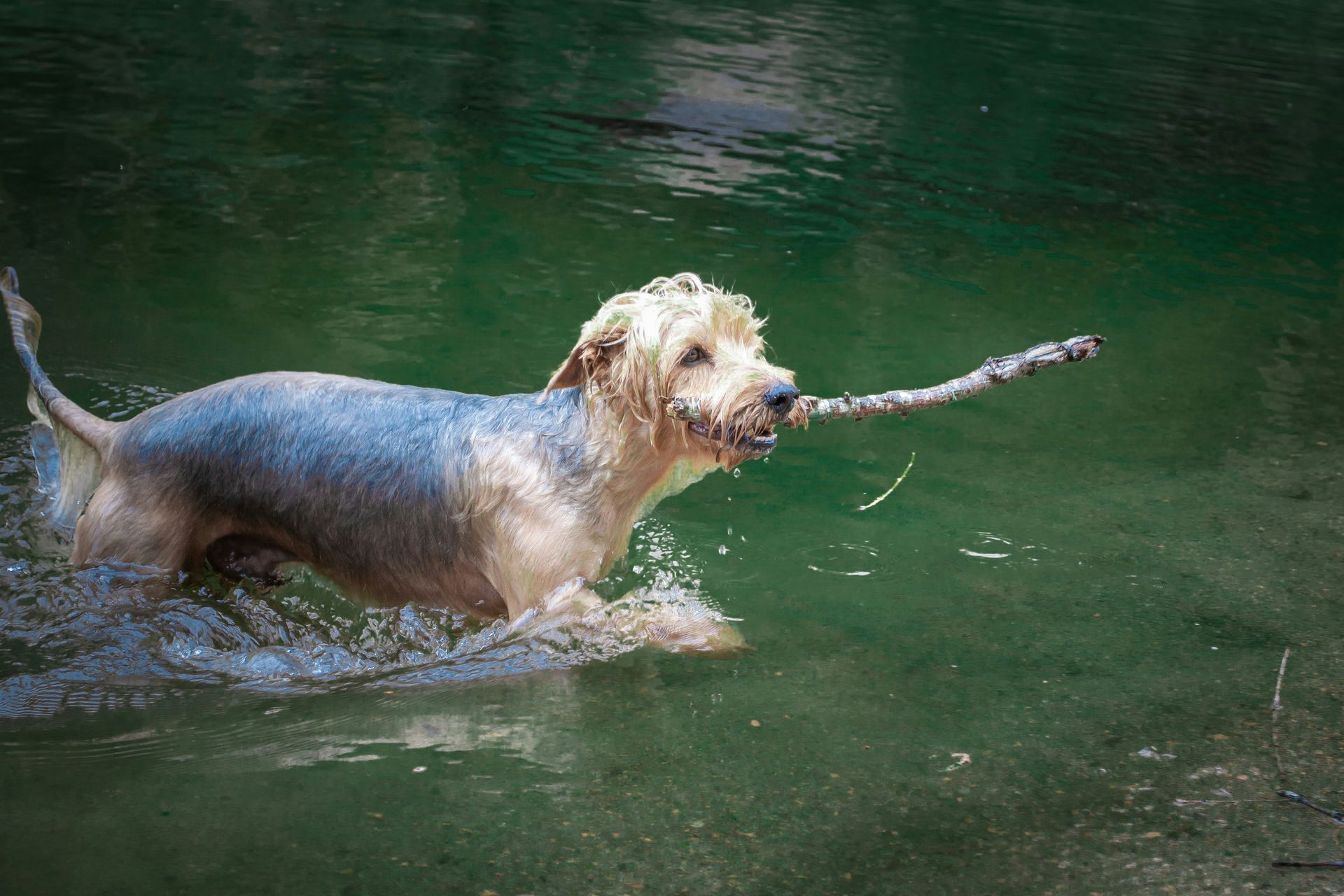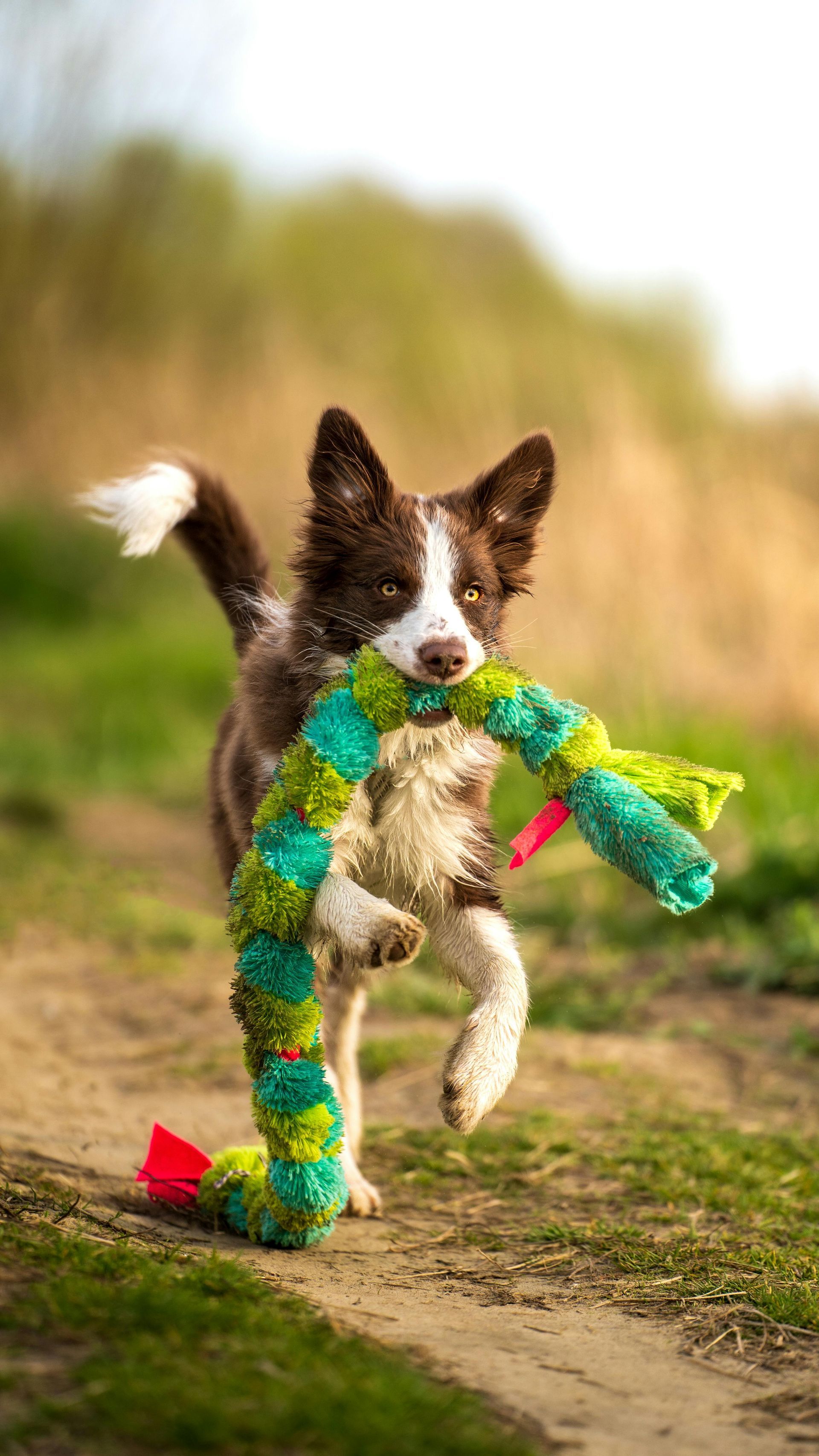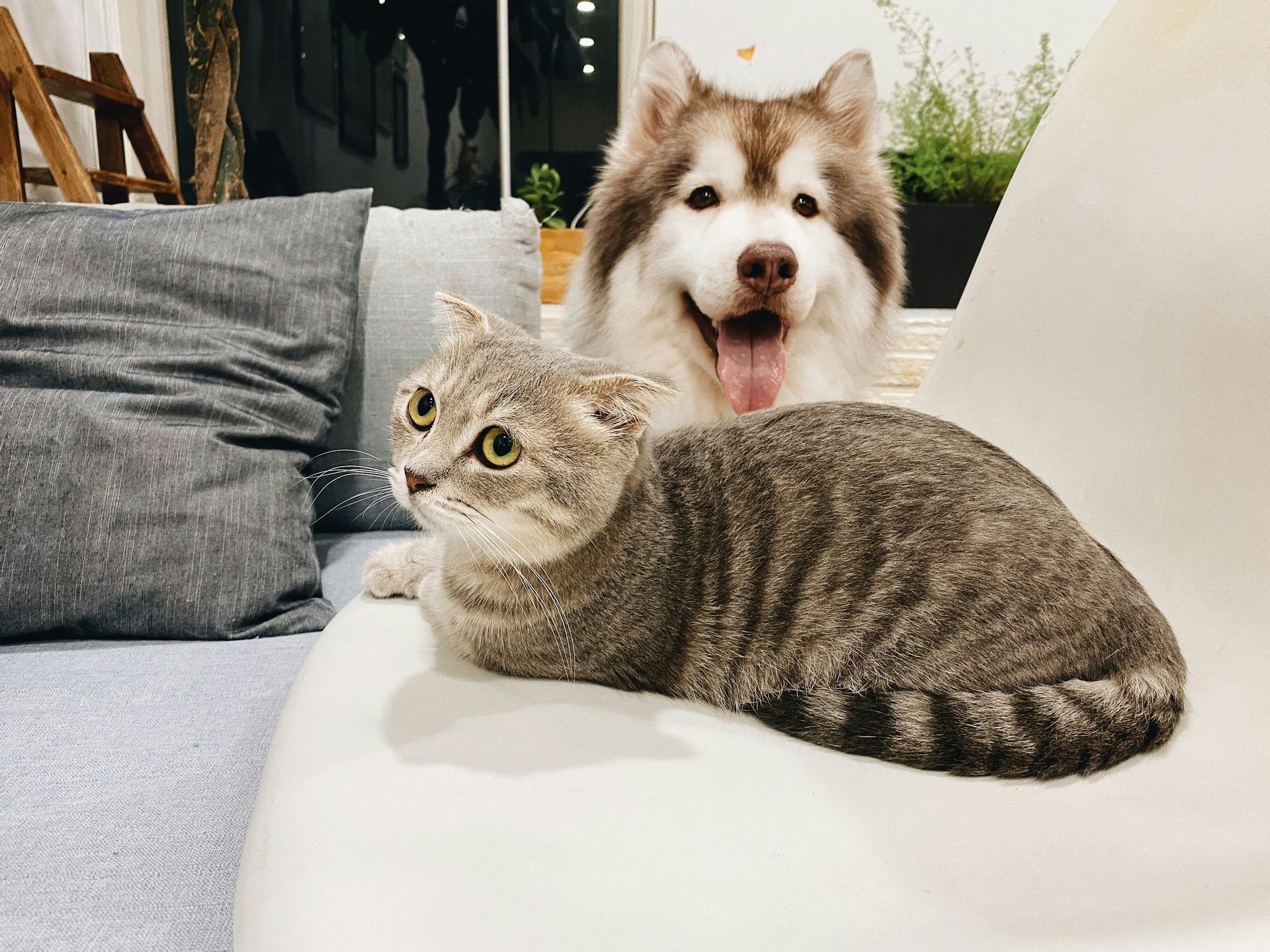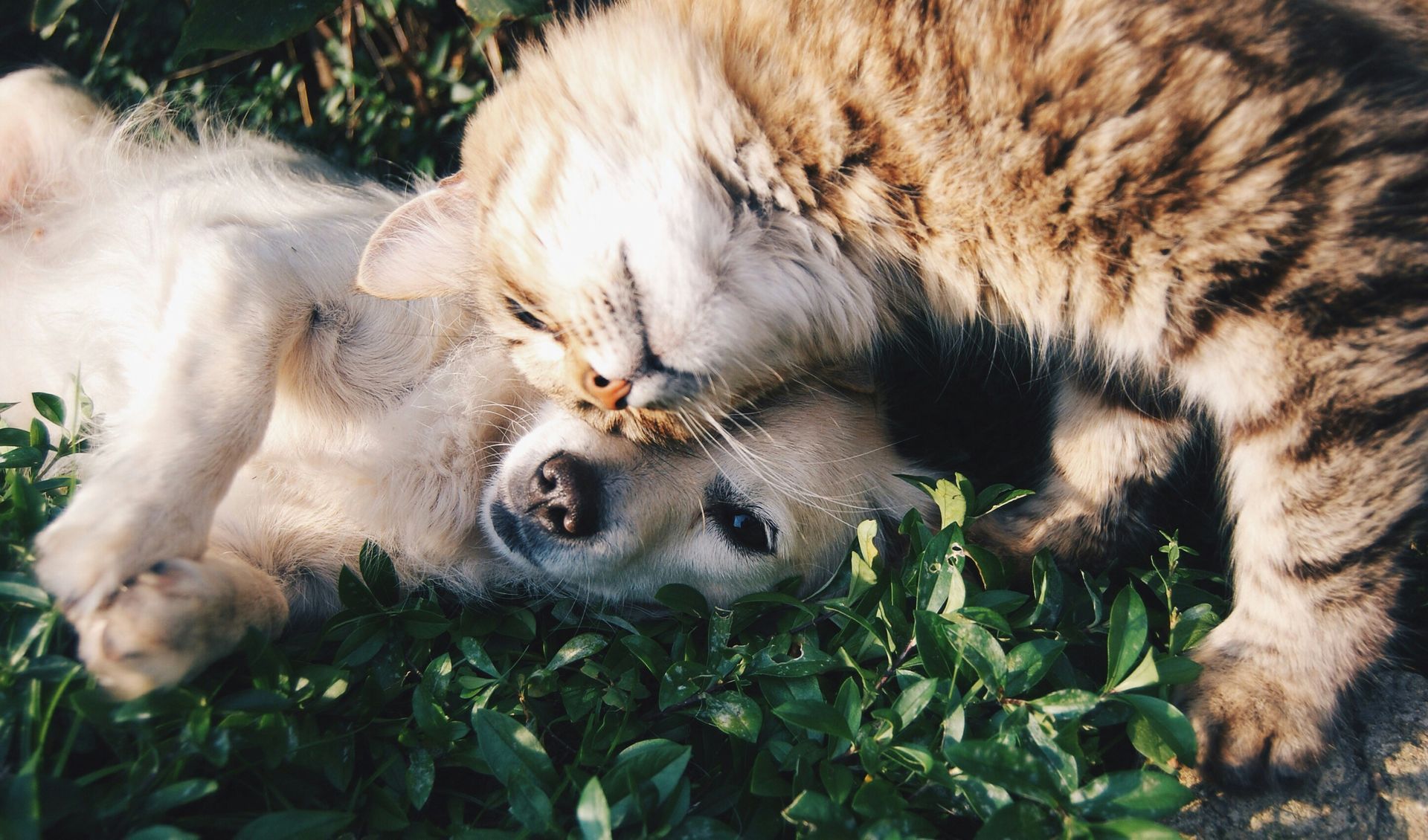Steps for Safe Cat Nail Trimming
allaboutpaws2014 • September 29, 2024
Trimming a cat's claws can seem daunting, but with the right technique and patience, it can be a smooth, safe process for both you and your feline friend. Regular nail trims help prevent painful overgrowth, injuries from sharp claws, and damage to furniture.
- Prepare the Tools: Use cat-specific nail clippers or small human nail scissors. Have styptic powder handy in case you accidentally trim too close and cause bleeding.
- Get Your Cat Comfortable: Gently hold your cat in your lap or on a table. It’s often best to trim their claws when they’re relaxed or after playtime. If your cat is particularly nervous, you may need to gradually desensitize them to the clippers by simply touching their paws without trimming at first.
- Know Where to Cut: Look for the "quick," a pink area inside the nail that contains blood vessels and nerves. You should avoid cutting into this part, as it will cause pain and bleeding. Trim just the tip of the nail, about 1-2 millimeters from the quick.
- Gently Clip: Extend the claw by pressing on your cat’s toe pad, then trim just the sharp tip. It’s better to clip a small amount at a time, as this reduces the risk of cutting too deep.
- Stay Calm and Positive: Keep the session brief, and don’t hesitate to stop if your cat gets too anxious. Reward them with treats and praise afterward to create a positive association with the experience.
- Frequency: Cats typically need their claws trimmed every 1-2 weeks, but this depends on your cat’s lifestyle and nail growth rate.
If your cat is highly resistant or aggressive during nail trims, consulting a vet or professional groomer can be helpful.
By maintaining a regular nail-trimming routine, you’ll ensure your cat stays comfortable and that their claws are kept in check.
Sources:
https://www.webmd.com/pets/cats/cat-nail-clipping-care
https://www.petful.com/grooming/how-to-trim-cat-nails/

Just like humans, dogs need mental and physical stimulation to stay happy and healthy. Enrichment activities provide opportunities for your dog to engage their mind and body, improving their overall well-being. Whether it’s through interactive toys, puzzles, or outdoor adventures, enrichment can make a huge difference in your dog’s life.

When you need to leave town and can’t bring your pets with you, boarding is often the best solution. However, it can be a new and potentially stressful experience for both you and your pets. Proper preparation can make all the difference in ensuring your furry friends feel comfortable and safe during their stay. Here’s a helpful guide on how to prepare your pets for boarding.

Just like us, pets can get bored with the same old routine, and that includes their toys. If your dog or cat seems uninterested in their toys lately, don’t worry — there are ways to reignite their playfulness. Let’s explore some simple strategies to keep your pet excited about their toys and engaged in healthy, stimulating activities.

The holiday season is a time for joy, celebration, and spending quality moments with loved ones—including your pets! For many of us, our dogs are like family, so it makes sense to want them to join in on the festivities. Here are some simple and thoughtful ways to include your pet in the holiday season, plus a fun and dog-safe treat recipe to add a little holiday cheer to their day.

Welcoming a new puppy into your home is an exciting time, and it’s important to ensure a smooth introduction to any existing pets. At All About Paws, we understand that a harmonious home environment is key to a happy household. Here’s a guide to help you successfully introduce your new puppy to your other animals.





